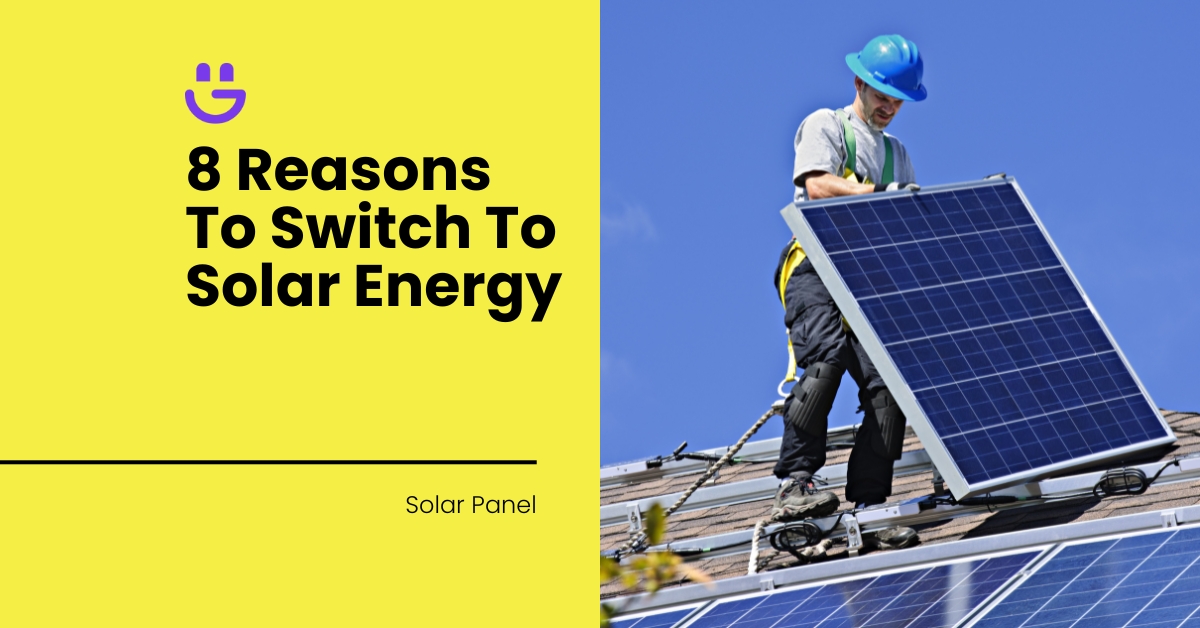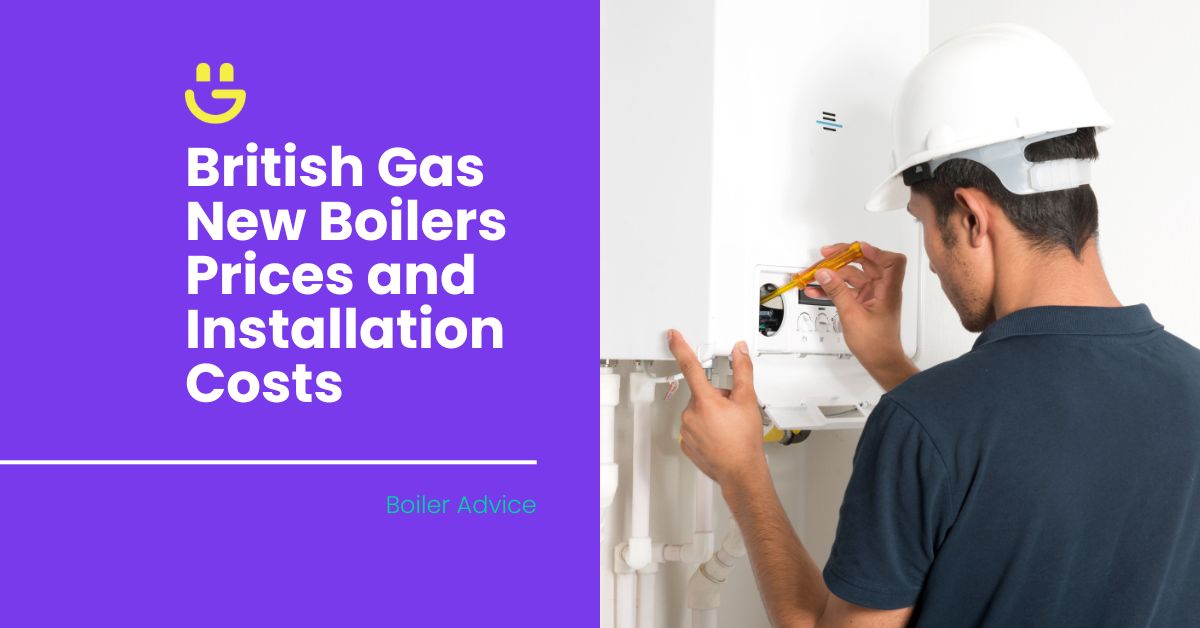Last Updated on March 18, 2025
In the UK, there are no hard legal limits on the number of solar panels you’re allowed to have. Instead, the restrictions are governed by how much space you have available and your people’s needs. However, you will need to consider Distribution Network Operator (DNO) approval for large solar power systems.
We’re here to walk you through the legalities of installing solar panels on your property in the UK. We’ll explain everything there is to know about the number of solar panels you can have and what else you’ll need to consider to ensure your energy needs are met.
Contents
- 1 What Are The Legal Limits On Solar Panels In The UK?
- 2 What Is The Maximum Amount Of Solar Energy You Can Produce?
- 3 What Is The Difference Between Capacity And Output Of Solar Panel Systems?
- 4 What Are The Practical Considerations For Solar Panel Installations?
- 5 How Can You Optimise Your Solar Panel System Size?
- 6 Are There Downsides To Large Solar Panel Systems?
- 7 FAQs
- 8 Final Thoughts
What Are The Legal Limits On Solar Panels In The UK?
In the UK, the legal limits on solar panel installations are relatively flexible. However, they’re still governed by certain regulations to ensure safety standards and grid compatibility. This means that there are still some important points that you need to know.
Firstly, there is no current maximum legal limit on the number of solar panels you can install on your property. Still, there is such a thing as ‘too many solar panels’.
The number of solar panels you can have is dependent on your available property space, such as your roof space and land. However, as long as you have the space, you can have as many solar panels as you’d like to meet your energy needs.
Regardless of how many solar panels you have, they should all be:
- Safely installed.
- Correctly connected to your electricity supply.
- Situated entirely on your property.
- Compliant with any local planning permissions or regulations.
Although there is no limit to how many panels you can have on your private property, it’s important to be aware of when you will need Distribution Network Operator (DNO) approval (more on this later).
What Is The Maximum Amount Of Solar Energy You Can Produce?
When determining how much solar power you can produce, it’s important to consider the electrical setup of your property. Generally, properties in the UK typically have a single-phase or three-phase power supply system.
Single-phase supply
In single-phase properties, which make up the majority of homes in the UK, there is a threshold for solar panel installations.
Any large solar system that exceeds 3.68 kWp (kilowatts peak) per phase will require prior approval from the DNO. This helps prevent any potential issues the local power grid may experience when large solar panel systems generate additional energy.
To get approval, you’ll need to submit detailed specifications for the evaluation of your system. If you don’t get this approval, you may risk a local grid overload, which can affect the electricity network in your area.
How to get DNO approval
To get DNO approval for a system that exceeds 3.68 kWp, you’ll need to follow the G99 application process. The G99 form can be downloaded from the National Grid website. Once you have the form, you can follow these easy steps:
- Identify your local DNO: Visit the National Grid website and enter your postcode to find out which DNO services your area.
- Gather your information: Make sure you have all the necessary information about your solar panel installation, including the system size, your location, and the system’s technical specifications.
- Fill out the form: Fill out the G99 form and ensure that you attach any supporting documents like schematics, installation details, and technical data sheets.
- Wait for approval: Once you submit your form to the DNO, they will assess whether the local grid can handle the load from your system. This can take anywhere from a few hours to 45 working days for a low-voltage system.
Three-phase electricity supply
In contrast to single-supply properties, those with a three-phase supply have a lot more flexibility when it comes to energy production. These buildings can install solar panel systems with a capacity of up to 11.04 kWp without the need for any prior approval.
Since these properties have a higher threshold, they can accommodate bigger solar installations. In turn, this allows owners to generate more solar energy to meet their electricity consumption needs.
It’s important to note that transitioning from a single-phase to a three-phase power supply can be extremely costly. However, despite the upfront cost, you’ll be able to generate more energy, which can lead to a further reduction in your energy bills. Over time, you’ll be able to make your investment up with your savings.
What Is The Difference Between Capacity And Output Of Solar Panel Systems?
Understanding the difference between the capacity and the output of your solar panel system is important for comprehending its functionality.
What is capacity?
The capacity refers to how much electricity a solar panel can produce under perfect conditions. For example, a 4 kW solar array could generate 4,000 Wh (watt-hours) of electricity when the sunlight is strong enough (about 1,000 W per square metre) and the temperature is just right, at around 25°C.
What is output?
Output refers to the alternating current (AC) power delivered to the grid by the solar panel inverter. The inverter’s capacity dictates the maximum AC output it can supply to the grid, which can vary depending on factors like efficiency and the inverter’s size.
AC clipping
There is one important concept to remember in solar panel systems, though, which is AC clipping. This happens when an inverter is at its maximum output capacity and loses excess energy as heat. In turn, this can affect the performance of your solar system, particularly when the solar array’s capacity is greater than the inverter’s output capacity.
A good example of this would be a 6.2 kW solar panel system equipped with a 3.68 kW inverter. Despite the system’s ability to generate more electricity, the inverter has a cap of 3.68 kW. This means that when the solar array generates energy beyond this threshold, the excess energy will be lost due to AC clipping.
What Are The Practical Considerations For Solar Panel Installations?
When it comes to installing solar panels, there are several practical considerations to take into account to make sure your system is safe and performing efficiently.
Average roof capacity
Firstly, you’ll want to understand the average roof capacity. For instance, a standard three-bedroom house roof will typically have enough roof space for 20 solar panels, which will cover an area of around 70 square metres. It’s also important to make sure that these panels are spaced out properly.
When the solar panels are spaced correctly, it allows for thermal expansion, which lets the panels adjust to temperature changes without becoming damaged. It also helps to meet the necessary safety standards and prevent potential hazards.
Solar panel system weight
Secondly, you’ll want to understand the weight of your solar panel system. Luckily, roofs in the UK are typically pretty sturdy and made from durable materials, so they can support more weight than a typical system would require.
When you take these factors into account, you’ll be able to effectively plan and execute your solar panel installation. As a result, you’ll also be able to maximise your energy generation without worrying about structural integrity or safety.
How Can You Optimise Your Solar Panel System Size?
To optimise your solar panel system’s size, you’ll want to match it as closely as possible to your energy needs. This means considering:
- The size of your home or business.
- The number of people who live or work in the building.
- The daily energy usage habits.
- The number of appliances in use (and how often).
When you consider all of these factors, you’ll have a better idea about how much energy your property actually uses.
If you have a bigger family or your business uses more energy-intensive appliances, your system may need to be bigger to accommodate this. On the other hand, if you live alone and hardly ever use large appliances, a smaller system may be sufficient.
Generally, you can use the guidelines below to help guide you on how many solar panels you may need in your system. Just remember that this is an estimate, and your solar panel installers can help you find a more accurate figure after their initial assessment.
Residential
- One to two-bedroom home: 8 panels
- Three-bedroom home: 12 panels
- Large four to five-bedroom home: 16 panels
Commercial
- Small business: 20 to 30 panels
- Medium business: 50 to 75 panels
- Large business: 100 to 200 panels
Are There Downsides To Large Solar Panel Systems?
While bigger solar systems may offer benefits like more energy production and bigger savings on your energy bills, there are also some downsides you may want to consider.
- Cost: Large solar panel systems usually come with higher upfront costs compared to smaller systems, which means that your initial investment may be quite costly. Because of this, you’ll want to weigh these expenses against the long-term financial benefits of a bigger system.
- Excess energy production: If your system generates more energy than your household consumes, it can lead to a much longer break-even period for your investment.
- Low selling rates: While excess energy can be sold back to the grid, the rates for this energy are usually lower than the rates for purchasing electricity directly from the grid. This means that you may not fully recoup your investment as quickly if your system is generating more energy than your home needs.
FAQs
How does the installation process for solar panels work?
If you want to install solar panels on your home or business, there is usually a series of steps that need to happen before the installation itself.
- A site assessment will need to be done by a team of professional installers who will determine if your property is suitable for a new system.
- Once the assessment is done, the installation will be carried out, where the solar panels will be mounted to your roof or on the ground.
- The system will also need to be correctly wired to integrate the panels into your electricity supply system.
- The system will be tested and inspected to make sure that it is working correctly and efficiently and that it adheres to the necessary regulations.
Are there any maintenance requirements for solar systems?
Maintaining your solar panels is incredibly easy. All you need to do is ensure that they undergo regular cleaning – around three to four times a year – to keep them free of dirt and debris. The entire system also needs to be inspected around once a year.
Don’t worry, though! You don’t need to start studying up on solar systems to inspect them yourself. Instead, contact Eco Happy‘s team of expert solar installers to perform the inspection for you.
How can I determine the optimal number of solar panels for my property?
Assessing how many solar panels you need for your home or business involves figuring out your energy needs, taking your roof space into account, and knowing what your budget is. However, doing these calculations yourself can be tricky and usually requires expert knowledge to accurately determine what you need.
At Eco Happy, our solar panel installers are well-equipped to help guide you through the process of installing solar panels, from the initial assessment to the testing and inspection phase.
Final Thoughts
When it comes to the number of solar panels allowed on a single home, the answer is a little more complicated than ‘it depends’. Fortunately, with this comprehensive guide, you should have a better idea of how many solar panels you need, and whether you’ll need to seek approval from the DNO for the size of your system.
If you’re still feeling a little unsure, contact our experts at Eco Happy. Our team of professionals are always willing to help.





James Elston
Boiler Expert
James Elston is the top boiler replacement and heating expert at Eco Happy. He has over 20 years of experience in the industry, focusing on Gas Safe boiler installations and offering home-heating and energy-saving solutions to homeowners across the UK. From sourcing the most energy-efficient combi boiler to providing specialist heating advice, James ensures that Eco Happy maintains the highest standards and best customer service.